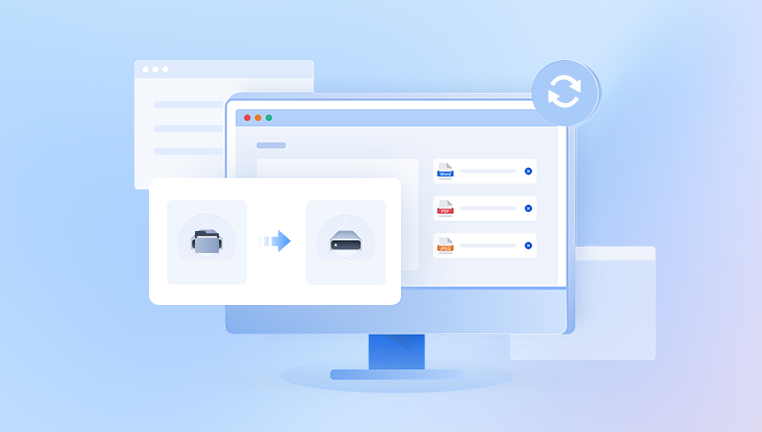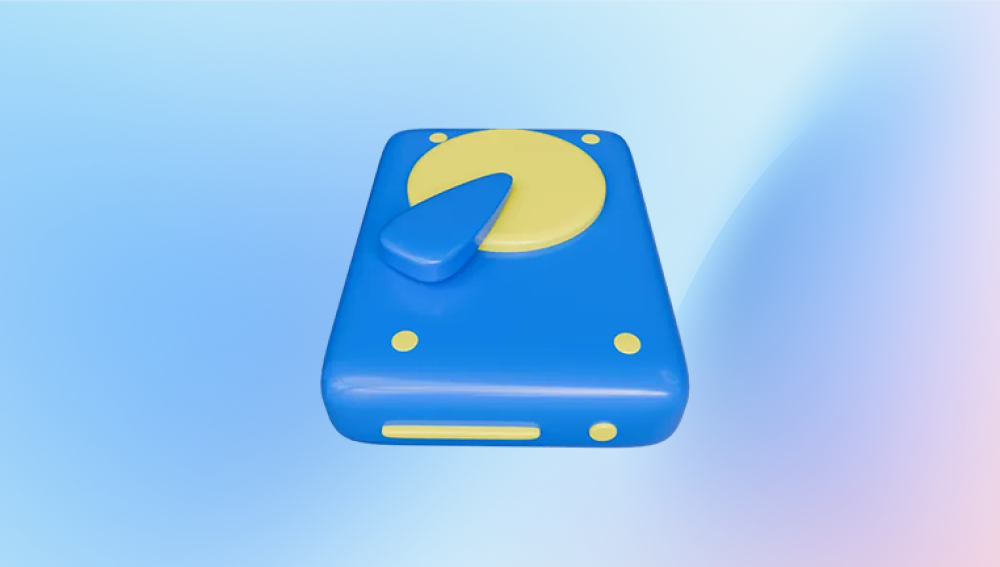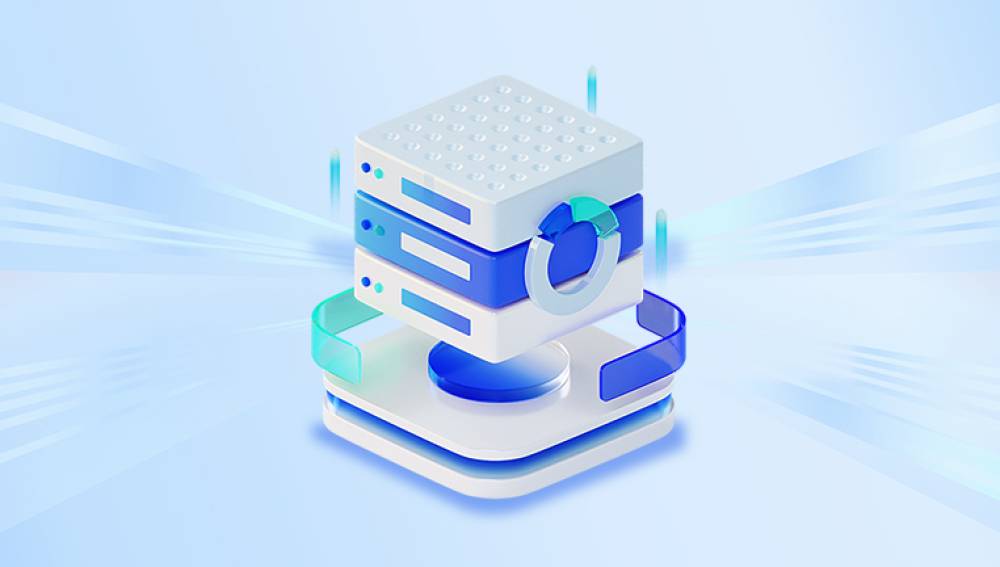Seagate external hard drives are among the most widely used storage solutions in homes and businesses alike. Known for their reliability, affordability, and vast storage capacities, Seagate drives store everything from personal memories to critical work documents. However, even the most trusted devices can experience data loss. Whether it’s a sudden formatting error, accidental deletion, file corruption, or physical failure, losing data from a Seagate external hard drive can be an extremely stressful experience.
1. Accidental Deletion
One of the most common causes of data loss. Files may be mistakenly deleted, bypassing the Recycle Bin if the external drive is directly used for deletion.
2. Drive Formatting
A quick click of the “Format” option can wipe an entire drive clean. While formatting removes the file system reference, the actual data often remains recoverable.

3. Corrupted File System
Sudden power loss, improper ejection, or software crashes can corrupt the file system, making the drive unreadable or converting it to a RAW format.
4. Virus or Malware Infection
Malicious software can delete files, hide data, or render the drive unreadable, especially with ransomware attacks.
5. Partition Loss
A drive’s partition might be deleted, lost, or corrupted, making the data on it appear inaccessible.
6. Physical Damage
Drops, shocks, water exposure, or even wear-and-tear can lead to mechanical issues. In such cases, software-based recovery might not be possible.
Signs Your Seagate Drive Needs Recovery
Recognizing the early signs of trouble can help you take immediate action and avoid permanent data loss.
Drive doesn’t show up in File Explorer but is visible in Disk Management.
Drive shows as “RAW” and prompts formatting.
Files or folders are missing without explanation.
You receive messages like “Drive Not Accessible” or “File is Corrupted.”
The drive is extremely slow or makes unusual clicking sounds.
If your drive shows any of these symptoms, it’s time to initiate a recovery strategy.
Initial Steps Before Data Recovery
Before jumping into recovery, follow these important precautions:
1. Stop Using the Drive Immediately
Any additional write operations can overwrite lost data, making recovery more difficult or impossible.
2. Disconnect the Drive Safely
Always use the “Eject” option before unplugging the drive to prevent further damage.
3. Avoid DIY Repairs for Physical Damage
If the drive makes grinding or clicking noises, don’t open it or attempt repairs. Physical recovery should be handled by professionals.
4. Use Another Cable or Port
Sometimes, the problem is as simple as a faulty cable or USB port. Swap them before assuming the drive is failing.
Choosing the Right Data Recovery Method
Drecov Data Recovery
Seagate external hard drives are trusted worldwide for their reliability and storage capacity, making them a popular choice for both personal and professional use. However, unexpected issues like accidental deletion, formatting errors, file corruption, or malware attacks can lead to critical data loss. Drecov Data Recovery offers a powerful, user-friendly solution to help recover lost files from Seagate external hard drives quickly and effectively.
Designed with simplicity in mind, Drecov Data Recovery enables users to retrieve photos, documents, videos, music, and more—even if the Seagate drive becomes unreadable or shows up as RAW. The software supports all major file systems used by Seagate drives, including NTFS, exFAT, and FAT32, ensuring maximum compatibility.
Recovery begins with a quick or deep scan, depending on the severity of the data loss. The deep scan mode digs into the drive’s sectors to locate and reconstruct deleted or hidden files. A built-in preview feature lets users verify files before recovering them, helping avoid unnecessary restoration of corrupted or irrelevant data.
Drecov Data Recovery operates in read-only mode to preserve the original structure of the Seagate drive, minimizing the risk of overwriting existing data. Whether you’re dealing with accidental formatting, partition errors, or virus-related loss, the software offers a secure and efficient path to recovery.
Step-by-Step Recovery Process
No matter which software you choose, the general recovery workflow is fairly similar. Here’s how to use data recovery software to retrieve files from a Seagate external hard drive.
Step 1: Download and Install the Software
Install the recovery tool on a different drive (not the Seagate one) to avoid overwriting lost files.
Step 2: Connect the Seagate Drive
Plug in your Seagate external drive using a working USB cable. Confirm it's visible in Disk Management.
Step 3: Launch the Software
Open the data recovery tool and select your external drive from the device list.
Step 4: Choose a Scan Type
Quick Scan: Best for recently deleted files.
Deep Scan: Required for formatted drives, RAW drives, or older deletions.
Step 5: Preview the Files
Once the scan is complete, browse the results. Most tools allow previews of images, videos, and documents before recovery.
Step 6: Select and Recover
Choose the files you want and save them to a different drive. Never restore to the same Seagate drive to avoid overwriting other recoverable data.
Step 7: Save the Scan Session
If the recovery process is long or incomplete, most tools let you save the session and resume later.
Recovering Specific File Types
Most software tools allow filtering by file type to help you find specific data faster.
Photos & Videos: .jpg, .png, .mp4. .mov, .avi
Documents: .docx, .xlsx, .pptx, .pdf, .txt
Audio Files: .mp3. .wav, .aac
Archives: .zip, .rar, .7z
Use these filters during scanning or sorting to streamline your recovery process.
Dealing with RAW or Unallocated Seagate Drives
Sometimes, your Seagate drive may appear as "RAW" or "Unallocated." This typically means the file system is damaged.
To Recover Data from a RAW Drive:
Use software like EaseUS or Stellar.
Select the RAW partition and perform a deep scan.
Preview and restore data to another location.
Once the data is safe, format the drive to restore functionality.
Avoid formatting the drive before recovery unless absolutely necessary.
When to Call the Professionals
Software recovery is powerful but has its limits. Contact professional services when:
The drive is not recognized at all.
It makes unusual clicking or grinding noises.
The drive was exposed to water, fire, or extreme physical shock.
Firmware issues prevent the computer from detecting the device.
Seagate partners with data recovery providers like Ontrack and provides in-warranty options through their Rescue Data Recovery Services on select models.
Preventing Future Data Loss
Once you’ve recovered your data, take these steps to ensure you don’t find yourself in the same situation again.
1. Use Backup Systems
Implement the 3-2-1 backup strategy: 3 copies, 2 devices, 1 offsite/cloud.
2. Safely Eject Your Drive
Avoid removing the drive during data transfers or before using “Eject” to prevent file system corruption.
3. Monitor Drive Health
Tools like CrystalDiskInfo or Disk Drill’s S.M.A.R.T. monitor can alert you to failing hardware.
4. Update Firmware
Occasionally check Seagate’s support website for firmware updates to avoid bugs or performance issues.
5. Protect Against Power Surges
Use surge protectors or uninterruptible power supplies (UPS) when using desktop drives.
What If My Drive Is Still Under Warranty?
Check your warranty status on Seagate’s official website using your drive’s serial number. If eligible, you may be covered under their Rescue Data Recovery Services (if you opted for it at purchase).
Note: Warranty generally covers hardware, not data loss. However, some models include optional or extended recovery coverage.
FAQs: Seagate Data Recovery
Q: Can I recover data after formatting my Seagate drive?
Yes, as long as you haven't overwritten the data. Use a tool like EaseUS or Stellar to perform a deep scan.
Q: What if my Seagate drive isn’t recognized?
Try switching USB ports or cables. If it still doesn't show up in Disk Management, you may need professional recovery.
Q: Are free tools good enough for recovery?
Free tools like Recuva can recover recently deleted files. For formatted or RAW drives, paid tools are more reliable.
Q: How long does a deep scan take?
Depending on the drive size and health, a deep scan can take 1–6 hours or longer.
Q: Is it safe to use online recovery tools?
Always download software directly from the developer’s website. Avoid third-party downloads to reduce malware risks.
Conclusion: Don’t Panic—Recover Smartly
Data loss from your Seagate external hard drive can be alarming, but it’s not the end. With the right tools, prompt action, and a bit of patience, most files can be recovered—especially if the drive is still operational. Whether you're using Seagate’s official recovery tool or a third-party solution like EaseUS or Stellar, the key is to avoid overwriting the drive and follow best recovery practices.




